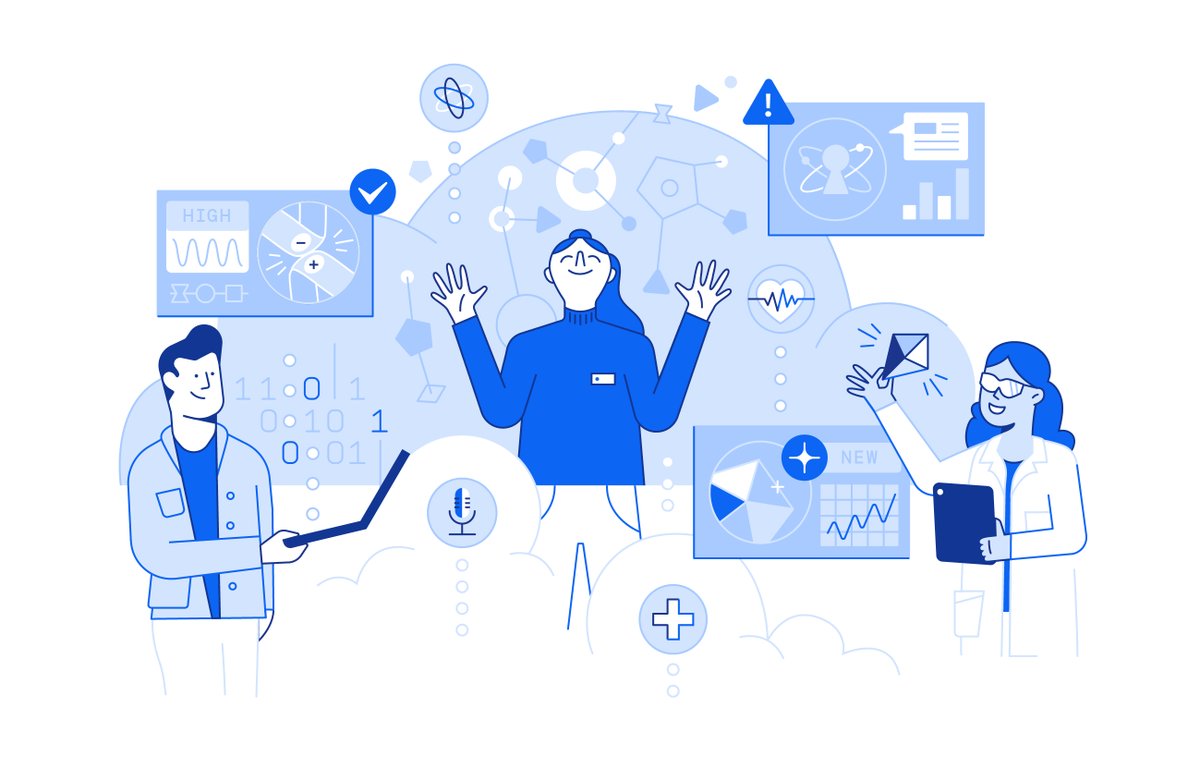
From helping transform the way we can predict wind power output to improving the performance of Document AI and giving wider access to #AlphaFold, we’re proud to partner with @GoogleCloud to bring our AI research into the real world.
Here’s how. 🧵
Here’s how. 🧵
1️⃣ Industries aiming to use AI to read documents need lots of training data, which can be hard to find.
We helped develop machine learning models that need 50% less data to parse utility bills and purchase orders for @GoogleCloud Document AI users.
We helped develop machine learning models that need 50% less data to parse utility bills and purchase orders for @GoogleCloud Document AI users.
2️⃣ Wind farms are crucial to building a carbon-free future - but the weather makes it hard to predict.
With @GoogleCloud, we helped produce a Custom AI tool to better predict how much wind power could be generated - trained on forecasts and a customer’s historical turbine data.
With @GoogleCloud, we helped produce a Custom AI tool to better predict how much wind power could be generated - trained on forecasts and a customer’s historical turbine data.
3️⃣ After releasing #AlphaFold to the world, which accurately predicts the 3D structure of proteins, we made it available on @GoogleCloud’s Vertex AI.
Scientists can now run their prediction workflow effectively by tracking experiments - plus more. ➡️ dpmd.ai/dm-googlecloud
Scientists can now run their prediction workflow effectively by tracking experiments - plus more. ➡️ dpmd.ai/dm-googlecloud

• • •
Missing some Tweet in this thread? You can try to
force a refresh












